 18th November 2008
18th November 2008 17th November 2008
17th November 2008 16th November 2008
16th November 2008Notice the see-through effect of the strong sunlight ?
 15th November 2008
15th November 2008 14th November 2008
14th November 2008All 4 bracts are clearly separated
 13th November 2008
13th November 2008LH and RH bracts separating nicely. Notice that the middle 2 bracts are also starting to separate.
 12th November 2008
12th November 2008LH bract separating and middle 2 bracts growing fast.
 11th November 2008
11th November 2008 10th November 2008
10th November 20084 bracts now visible, with LH and RH bract starting to open.
 9th November 2008
9th November 20082 well developed red bracts and a growing 3rd bract on the right...
 8th November 2008
8th November 2008 7th November 2008
7th November 2008 6th November 2008
6th November 20083rd bract starting to open up...
 4th November 2008
4th November 2008 4th November 2008
4th November 2008 3rd November 2008
3rd November 2008 2nd November 2008
2nd November 2008 1st November 2008
1st November 2008What a surprise, I just noticed that my Dwarf Jamaican has started to flower again !
2 bracts clearly visible.


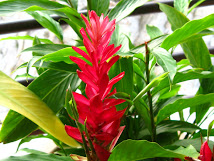
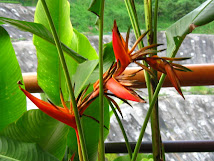


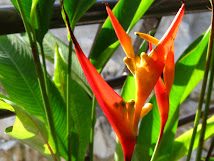
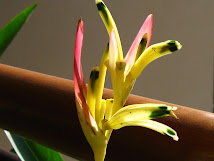

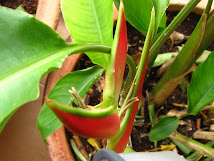


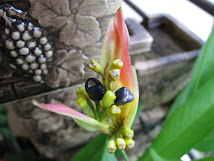
No comments:
Post a Comment